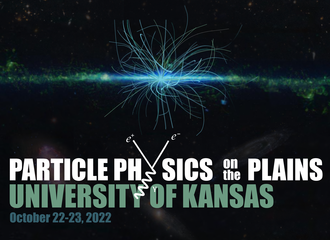Speaker
Description
We examine the phenomenology of the double Higgs production at the High-luminosity Large Hadron Collider in a final state with two b-tagged jets, one lepton, and two light jets, (HH -> bbWW*), called the semi-leptonic channel. Historically the significance of this channel has been considered negligible, but we believe it is more optimistic than previously thought. We use a suite of kinematic variables including high-level variables Higgsness and Topness that were originally developed for the di-lepton channel and a neural network to discriminate between our signal and its extremely dominant background process $t\overline{t}$. We also found seven new kinematic variables that show promising discrimination for the semi-leptonic channel and can be easily generalized to the di-leptonic channel. Through this, we improve the signal significance in this decay mode by more than a factor of 3.

